Ultra-Low Power LiPo Charger via Energy Harvesting from a Solar Cell
Designed by Pesky Products in United States of America
This product is no longer available for sale.
The seller may be offering an improved version or it may be hanging out on the beach, enjoying the retired life.
2018 Hackaday Prize Semi-Finalist! What is it? This is a small (0.5 x 0.5 inch) breakout board for Texas Instrument's BQ25504 Ultra Low Power Boost Converter with Battery Management for Energy Harves…
Read More…2018 Hackaday Prize Semi-Finalist!
This is a small (0.5 x 0.5 inch) breakout board for Texas Instrument's BQ25504 Ultra Low Power Boost Converter with Battery Management for Energy Harvesting Applications.
From the datasheet: "The bq25504 device is the first of a new family of intelligent integrated energy harvesting nano-power management solutions that are well suited for meeting the special needs of ultra low power applications. The device is specifically designed to efficiently acquire and manage the microwatts (µW) to milliwatts (mW) of power generated from a variety of DC sources like photovoltaic (solar) or thermal electric generators. The bq25504 is the first device of its kind to implement a highly efficient boost converter/charger targeted toward products and systems, such as wireless sensor networks (WSNs) which have stringent power and operational demands. The design of the bq25504 starts with a DC-DC boost converter/charger that requires only microwatts of power to begin operating."
The BQ25504 is a high-efficiency boost converter of great flexibility that can be used to charge a battery using energy harvesting from a variety of sources. Here I have chosen to set the parameters of the boost converter to charge a standard one-cell, 4.2 V LiPo battery like this one. The BQ25504 employs a Maximum Power Point Tracking (MPPT) method which regulates the input impedance of the charger to maintain maximum efficiency of the solar cell. I have set the MPPT to 78% of the open-circuit voltage of the solar cell.
The BQ25504 protects the LiPo battery from undervoltage, which can cause damage through excessive discharge, as well as overvoltage to prevent excessive charging. The over- and under-voltage protection thresholds are set by a resistor network which I have chosen to limit discharging to 3.27 V and over charging to 4.27 V.
There is a battery OK threshold of 3.58 V and a battery hysteresis threshold of 3.78 V. The battery OK pin will toggle to LOW when the battery voltage falls below 3.58 V. The battery OK pin will toggle to HIGH when the battery voltage rises above 3.78 V. In other words, on decreasing battery voltage (due to discharging) the interrupt will fall and stay LOW (and the on-board green led will go out) below 3.58 V, and on increasing battery voltage (due to charging) the interrupt will rise and stay HIGH (and the green led will remain on) above 3.78 V. The battery OK pin allows an MCU to monitor the state of the battery charge. The idea is that the MCU can detect when the battery OK pin falls to the LOW logical condition (a sort of interrupt) and limit large loads until the solar cell is able to recharge the battery to a sufficient level to support the large current draw.
It sounds complicated, and it takes some time to get your arms around all of the detail in the data sheet, but it is really straightforward to use the BQ25504 in your applications. Connect the solar cell to the IN port, the LiPo battery to the BAT port. Use the OK pin as a battery charge detection interrupt and simply connect the SYS power (3.3 - 4.3 V!) and GND to the VIN/GND pins of your MCU. Easy peasy!
I have been using the ESP8285 and other MCUs for a lot of environmental sensing projects and battery life is a big issue, even for the relatively low power STM32L4. The competing priorities of small size and long life are hard to manage without an oversize battery or having to recharge after just a few hours. Neither is really acceptable for wearable applications or those demanding remote monitoring. In addition to beating down energy usage with various low power strategies, one solution is to harvest energy from the environment. High-efficiency, inexpensive solar cells make this a logical choice for remote applications like environmental data loggers, and the BQ25504 makes it easy to power an MCU with the sun! The low (>330 mV) cold start threshold even allows practical energy harvesting from indoor lighting as well.
I have been using the BQ25504 along with this small 2.2V solar cell to power my SensorTile Environmental Data logging project described at Hackaday.io. I have found that with 6 hours of direct sun (~20 klux) I am generating an average of ~7 mA per hour (at >90% efficiency!), just enough to keep the 1.8 mA Sensor Tile running indefinitely. You can read more about this and see plots of the charge versus time in the project logs.
This BQ25504 breakout is super small, and can be attached to a LiPo battery and both mounted on the back of a small solar cell as a compact, perpetual power source for almost any project.
Order the pcb from OSH Park and assemble some of your own, or buy the fully assembled and tested BQ25504 breakout board from me and see how easy it is to power your projects with solar power!
Product: (4.62)
Documentation: (4.25)
Shipping: (4.62)
Communication: (4.38)
Julian | July 12, 2020
Arcangelo | Nov. 30, 2018
Fredrik | June 12, 2018
Tuncay Erhan | Dec. 24, 2017
Jean-Christophe | Oct. 11, 2017
Ruben | April 17, 2017
Bryan | March 22, 2017
François-Xavier | Feb. 19, 2017
Danville, CA, United States of America
Ships from United States of America.
180 Reviews | 5,434 Orders

$49.95
Free Shipping!
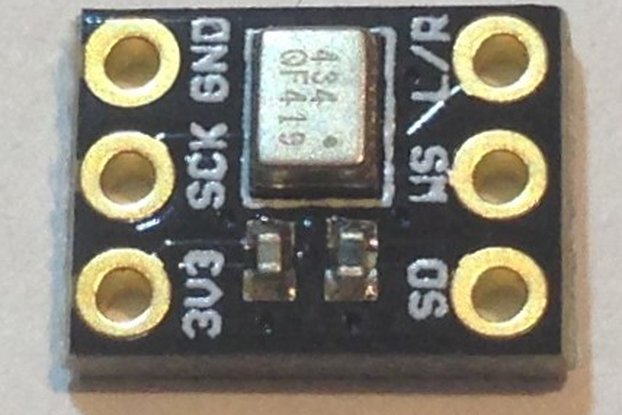
$11.95
Free Shipping!
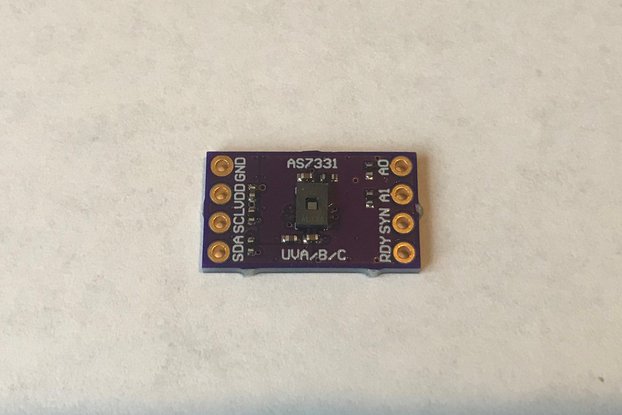
$35.95
Free Shipping!

$35.95
Free Shipping!

$49.95
Free Shipping!
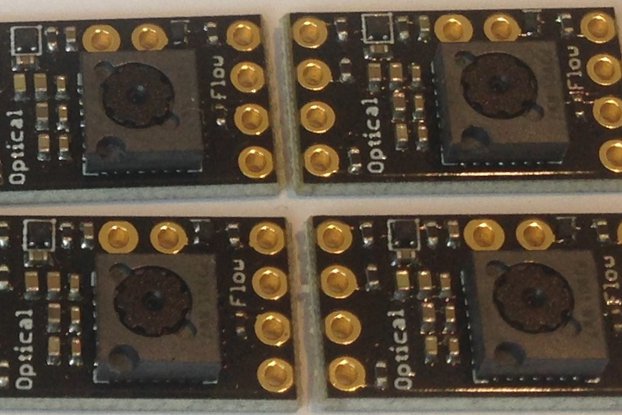
$29.95
Free Shipping!
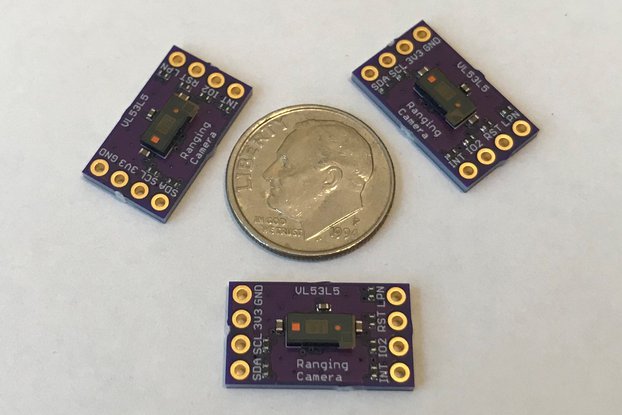
$19.95
Free Shipping!
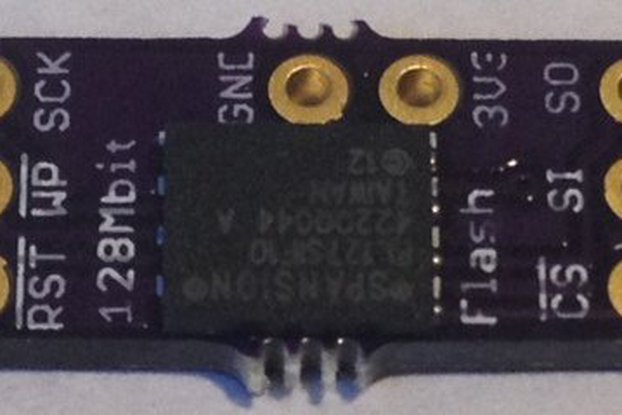
$12.95
Free Shipping!

$39.95
Free Shipping!

$59.88
Free Shipping!
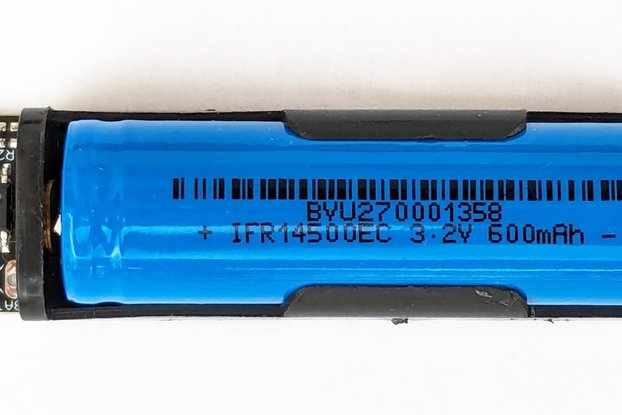
$13.95
Free Shipping!
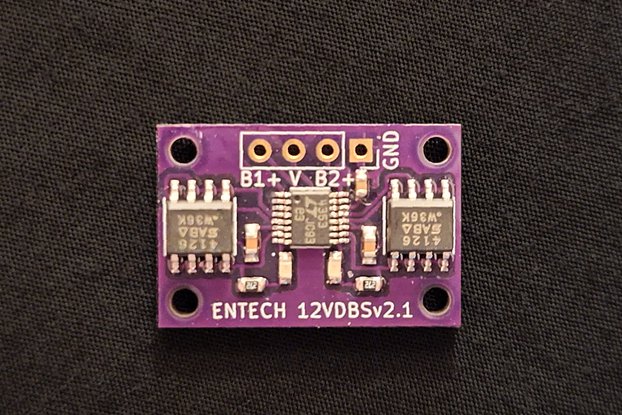
$22.00
Free Shipping!
By clicking Register, you confirm that you accept our Terms & Conditions
We recognize our top users by making them a Tindarian. Tindarians have access to secret & unreleased features.
We look for the most active & best members of the Tindie community, and invite them to join. There isn't a selection process or form to fill out. The only way to become a Tindarian is by being a nice & active member of the Tindie community!
